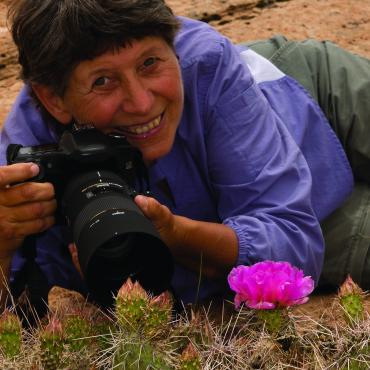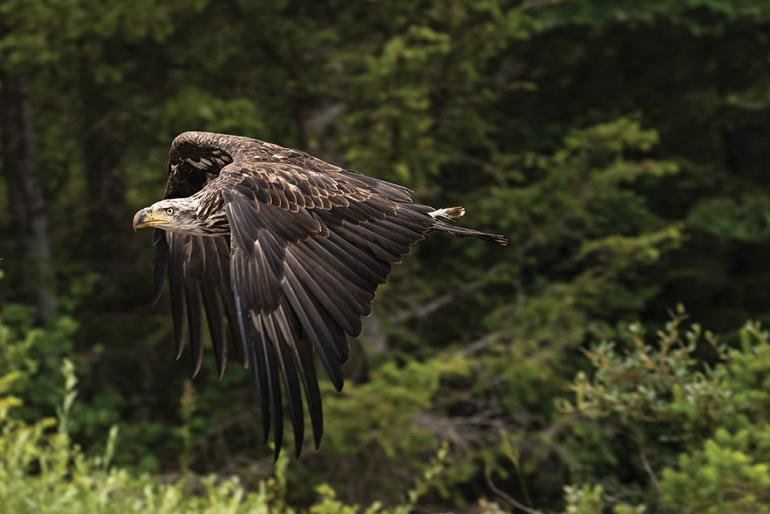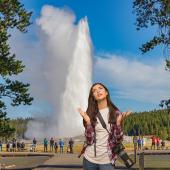Enraptored
Photographing birds of prey.
Our Montana skies are full of raptors: red-tailed, rough-legged, sharp-shinned, Swainson’s, and Cooper’s hawks; American kestrels; bald and golden eagles; ospreys and turkey vultures; harriers and goshawks. These and dozens more are flying, diving, or perching on telephone poles and fenceposts. Some sit motionless, undisturbed until prey appears. Others are shy and will fly off upon approach. Either way, they’re usually on the hunt for mice, gophers, and ground squirrels, or fish and ducks in water. Sometimes they scream at you with beak wide open, wings outstretched. All of this behavior adds up to one thing: they’re exciting to photograph.
Have your long lens on your camera and set a high ISO. Bring your tripod, of course, but remember that handholding makes it easier to track the bird and it gives you expanded arm mobility. Set your shutter speed to a minimum of 1/1000th of a second to stop the action with a raptor in flight. Adjust the ISO as needed.
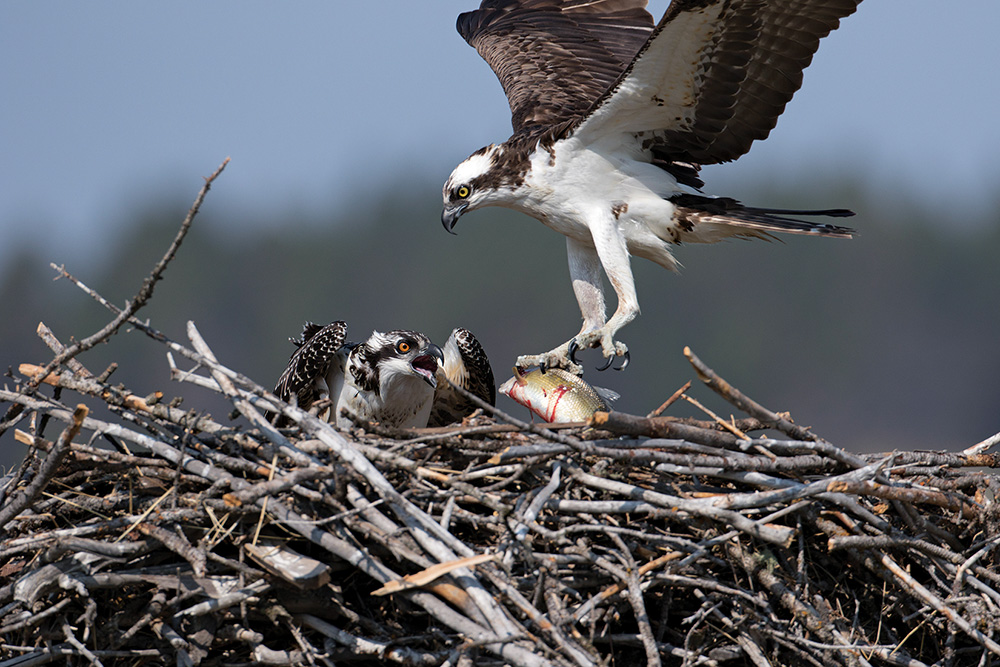
1/2500 shutter speed, F5.6, 500mm lens
If there are young in the nest, keep your distance, wait and be patient, and capture the fly-in with food—and eventually, the fly-out. Like an airplane’s landing gear, the birds’ talons unfold and extend forward. Their wings move from forward to backwards giving a variety of angled positions. For nest-shooting, break out the tripod—it prevents blur and arm fatigue from the weighty zoom or big telephoto lens.
Light is the main ingredient. Sunlit or overcast days will dictate your position to the subject and how you set the camera functions. When it’s overcast, your subject is evenly lit, giving pronounced feather and head detail. Your position can then be on either side of the raptor. Sunlight creates a dark and light side—avoid being positioned on the dark side, where you’ll only get a silhouetted bird. That is, unless you want the glowing sunset in the background, which can make for a great image if done right.
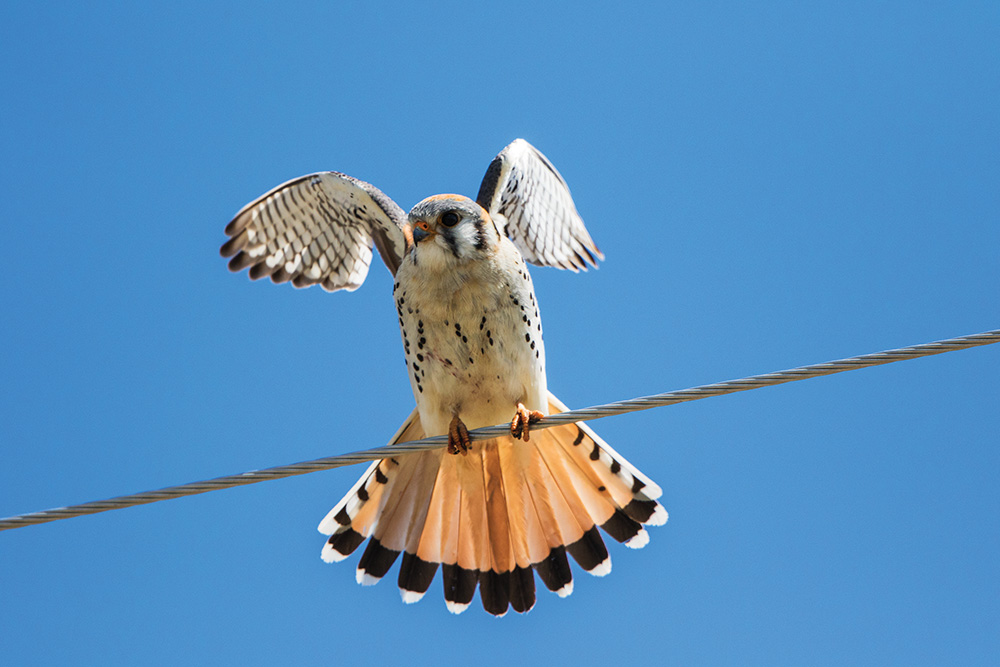
An American Kestrel takes flight
Photographing flying raptors makes you faster on the shutter, because you learn to anticipate your subject’s movements. Don’t get disillusioned with blurry photos. Many professional photographers throw away hundreds of missed shots. Be patient, practice, and return to the scene to try again. Over time, throwaways will decrease.
Carol Polich teaches photography through the Bozeman Adult Community Education program.

